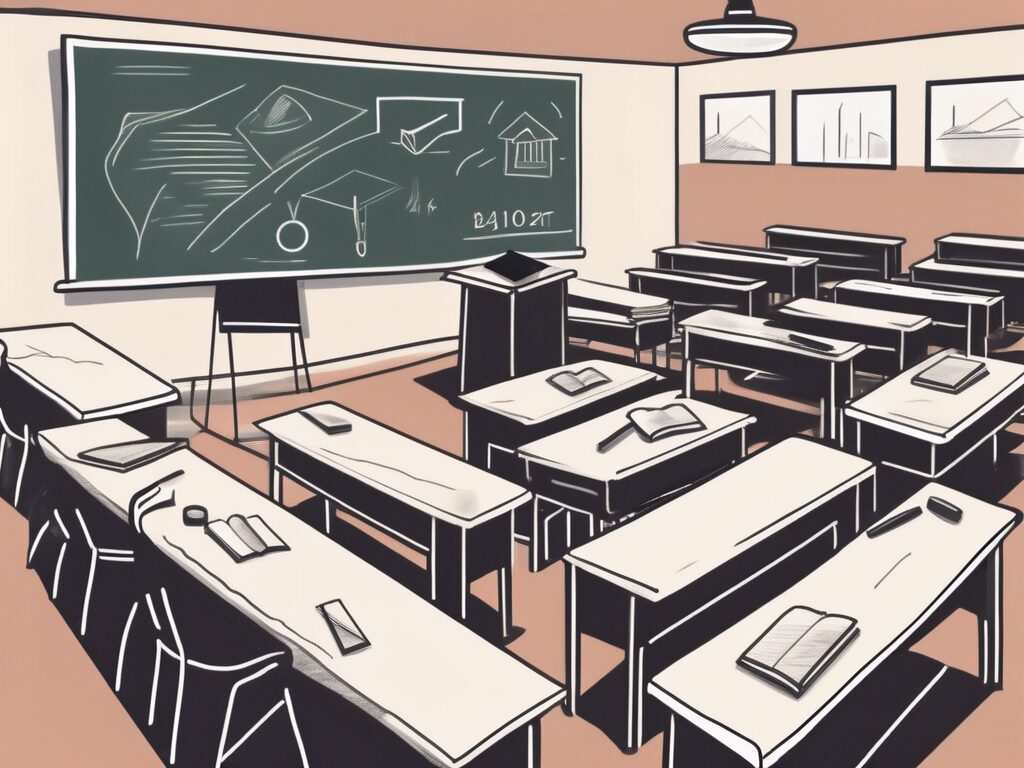html
Overcoming Barriers to Education in Indonesia: 5 Key Solutions
Education is a fundamental right, yet millions of children in Indonesia face significant barriers that hinder their access to quality learning. From geographical challenges to socio-economic disparities, these obstacles can seem insurmountable. However, by identifying and implementing effective solutions, we can pave the way for a brighter future for Indonesia’s youth. In this blog post, we will explore five key solutions to overcome barriers to education in Indonesia, providing actionable insights and strategies that can make a real difference.
1. Enhancing Infrastructure for Remote Areas
One of the most pressing barriers to education in Indonesia is the lack of infrastructure, particularly in remote and rural areas. Many children live in regions where schools are few and far between, making it difficult for them to attend classes regularly. To address this issue, the government and non-governmental organisations (NGOs) must invest in building more schools and improving transportation options.
For instance, the Indonesian Ministry of Education has initiated programs to construct schools in underserved areas, but more can be done. Mobile schools, which travel to remote communities, can also be an effective solution. These schools provide education directly to children in their villages, ensuring that geographical barriers do not prevent access to learning.
2. Implementing Flexible Learning Models
Flexibility in education is crucial for accommodating the diverse needs of students in Indonesia. Many families rely on agriculture or other forms of labour, which can make it challenging for children to attend school consistently. By implementing flexible learning models, such as part-time schooling or online education, we can cater to these unique circumstances.
For example, the Open University of Indonesia offers distance learning programs that allow students to study at their own pace. This model not only provides access to education for those who cannot attend traditional schools but also empowers students to take control of their learning journey. By promoting such flexible options, we can significantly increase enrolment rates and improve educational outcomes.
3. Addressing Socio-Economic Disparities
Socio-economic factors play a significant role in educational access in Indonesia. Many families cannot afford the costs associated with schooling, such as uniforms, books, and transportation. To combat this issue, the government should implement financial assistance programs that support low-income families.
One successful initiative is the Smart Indonesia Program, which provides financial aid to students from disadvantaged backgrounds. By expanding such programs and ensuring that they reach those in need, we can alleviate the financial burden on families and encourage higher enrolment rates. Additionally, community-based initiatives that provide free school supplies and meals can further support students and their families.
4. Promoting Gender Equality in Education
Gender inequality remains a significant barrier to education in Indonesia, with girls often facing more obstacles than boys. Cultural norms and economic pressures can lead to girls being pulled out of school to help with household chores or to marry early. To overcome this challenge, it is essential to promote gender equality in education through awareness campaigns and community engagement.
Organisations like UNICEF have been working to raise awareness about the importance of girls’ education. By collaborating with local leaders and communities, we can change perceptions and encourage families to prioritise education for all children, regardless of gender. Additionally, providing scholarships specifically for girls can incentivise families to keep their daughters in school.
5. Leveraging Technology for Educational Access
In today’s digital age, technology can play a pivotal role in overcoming barriers to education. With the rise of online learning platforms, students in Indonesia can access quality educational resources from anywhere, even in remote areas. By leveraging technology, we can bridge the gap between urban and rural education.
For instance, platforms like Ruangguru offer online tutoring and educational resources tailored to the Indonesian curriculum. By promoting the use of such platforms, we can provide students with additional support and resources, enhancing their learning experience. Furthermore, investing in internet infrastructure in rural areas will ensure that all students have access to these valuable tools.
Conclusion
Overcoming barriers to education in Indonesia requires a multifaceted approach that addresses infrastructure, flexibility, socio-economic disparities, gender equality, and technology. By implementing these five key solutions, we can create a more inclusive and equitable education system that empowers all children to reach their full potential.
As we strive for a more inclusive education system in Malaysia, the role of qualified and well-trained educators becomes increasingly crucial. IPGCE is dedicated to supporting teachers in their professional journey, offering the International Postgraduate Certificate in Education (iPGCE) to enhance qualifications and open doors to international teaching opportunities. With our program, you can expect a significant increase in interview callbacks, promotion rates, and salary. Plus, you’ll join a global network of educators, gain a deeper understanding of international curricula, and enjoy the flexibility of online study. Don’t let inadequate credentials or isolation hold you back. Join the UK’s #1 Teacher Training Course today and take a decisive step towards a fulfilling career in inclusive education.
Related Topics
- The Importance of Education in Indonesia
- Challenges in the Indonesian Education System
- The Role of Technology in Education
Connect with us on LinkedIn to stay updated on the latest in education and join the conversation!

